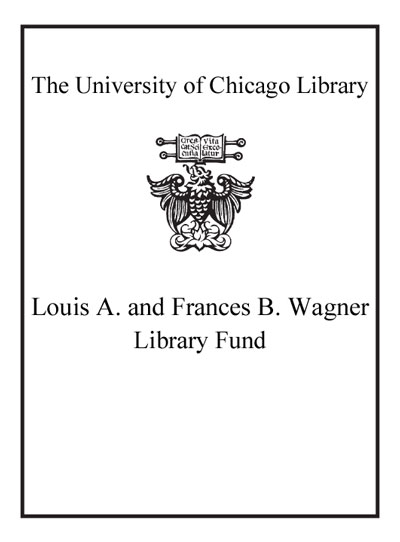The rhythm of thought in Gramsci : a diachronic interpretation of Prison notebooks /
Saved in:
| Author / Creator: | Cospito, Giuseppe, 1966- author. |
|---|---|
| Uniform title: | Ritmo del pensiero. English |
| Imprint: | Leiden ; Boston : Brill, [2016] |
| Description: | xiii, 248 pages ; 25 cm. |
| Language: | English |
| Series: | Historical materialism book series, 1570-1522 ; volume 130 Historical materialism book series ; 130. |
| Subject: | |
| Format: | E-Resource Print Book |
| URL for this record: | http://pi.lib.uchicago.edu/1001/cat/bib/10907056 |
Table of Contents:
- A Note on the Text
- Preface: Questions of Method
- Part 1. Philosophy - Politics - Economics
- 1. Structure and Superstructures
- 1. Working Hypothesis
- 2. The 'Bukharinian' Phase (from the Party School to Notebook 4, § § 12 and 15:1925-30)
- 3. The 'Centrist' Thesis from the End of 1930 (Notebook 4, § 38)
- 4. The 'Crisis' of 1931 (Notebook 7)
- 5. Moving beyond the Architectural Metaphor (Notebook 8: End of 1931-Beginning of 1932)
- 6. The 'Inertia' of the Old Formulations (Notebooks 10, 11 and 13: 1932-3)
- 7. 'Unended Quest' (Notebooks 10,11,14,15 and 17:1932-5)
- 8. Provisional Conclusions
- 2. Hegemony
- 1. Introduction
- 2. 'Posing the Issue'
- 3. Hegemony and Civil Society
- 4. Hegemony and the Intellectuals
- 5. Hegemony and the Party
- 6. The Sources of Gramsci's Concept of Hegemony
- 7. A (Re)definition of Gramsci's Concept of Hegemony
- 3. Regulated Society
- 1. Philosophy - Politics - Economics
- 2. 'Importuning the Texts'
- 3. The Regulated Society 'from Utopia to Science'
- 4. Towards a New Reformation?
- 5. Gramsci as Critic of the 'Critical Economy'
- 6. Toward 'a New Economic Science'
- Part 2. The Analysis of Several Internal Dynamics of the Notebooks
- 4. The 'Alternatives' to Structure-Superstructure
- 1. 'Quantity and Quality'
- 2. 'Content and Form'
- 3. 'Objective and Subjective'
- 4. 'Historical Bloc'
- 5. The Gradual Transformation in Gramsci's Categories
- 1. Methodological Premise
- 2. 'Organic', 'Bureaucratic', 'Democratic Centralism'
- 3. 'Common Sense' and/or 'Good Sense'
- 4. Civil Society
- 6. Gramsci and the Marxist Tradition
- 1. 'Marx, the Author of Concrete Political and Historical Works': Caesarism and Bonapartism
- 2. Engels and the Marxist Vulgate
- 3. Conclusion: Gramsci, from Lenin to Marx
- Bibliography
- Name Index
- Subject Index

